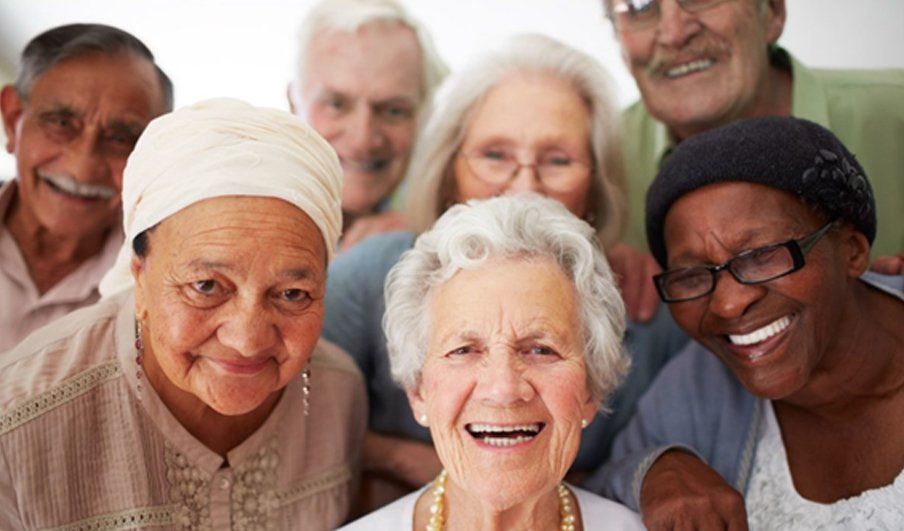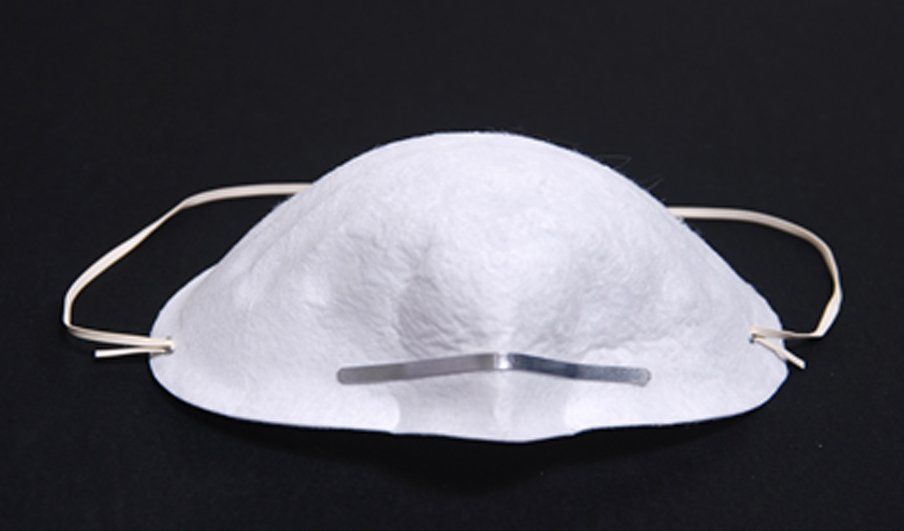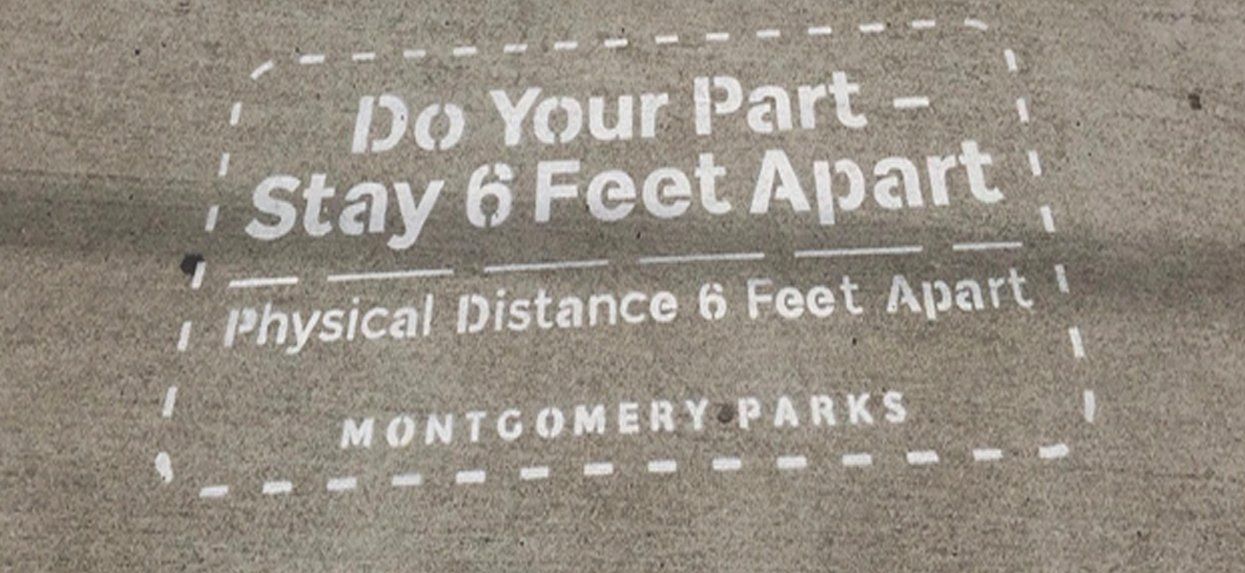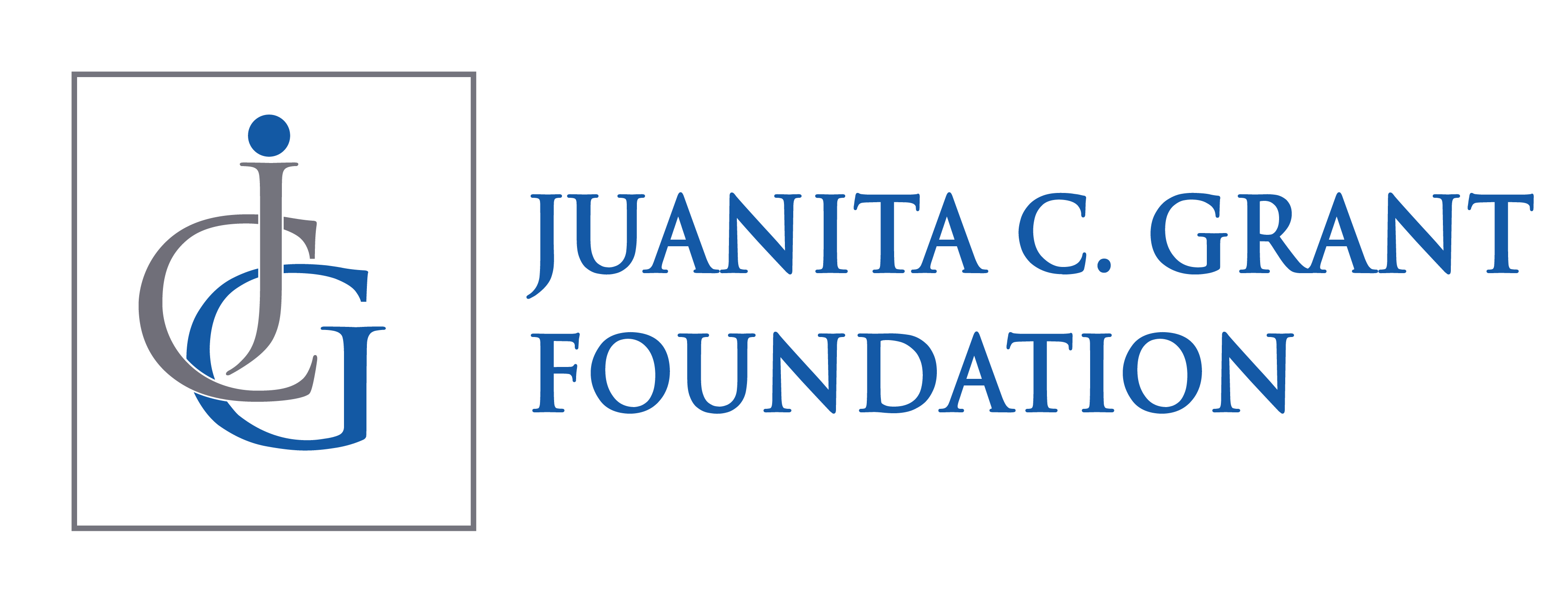Unpacking Equity in Aging
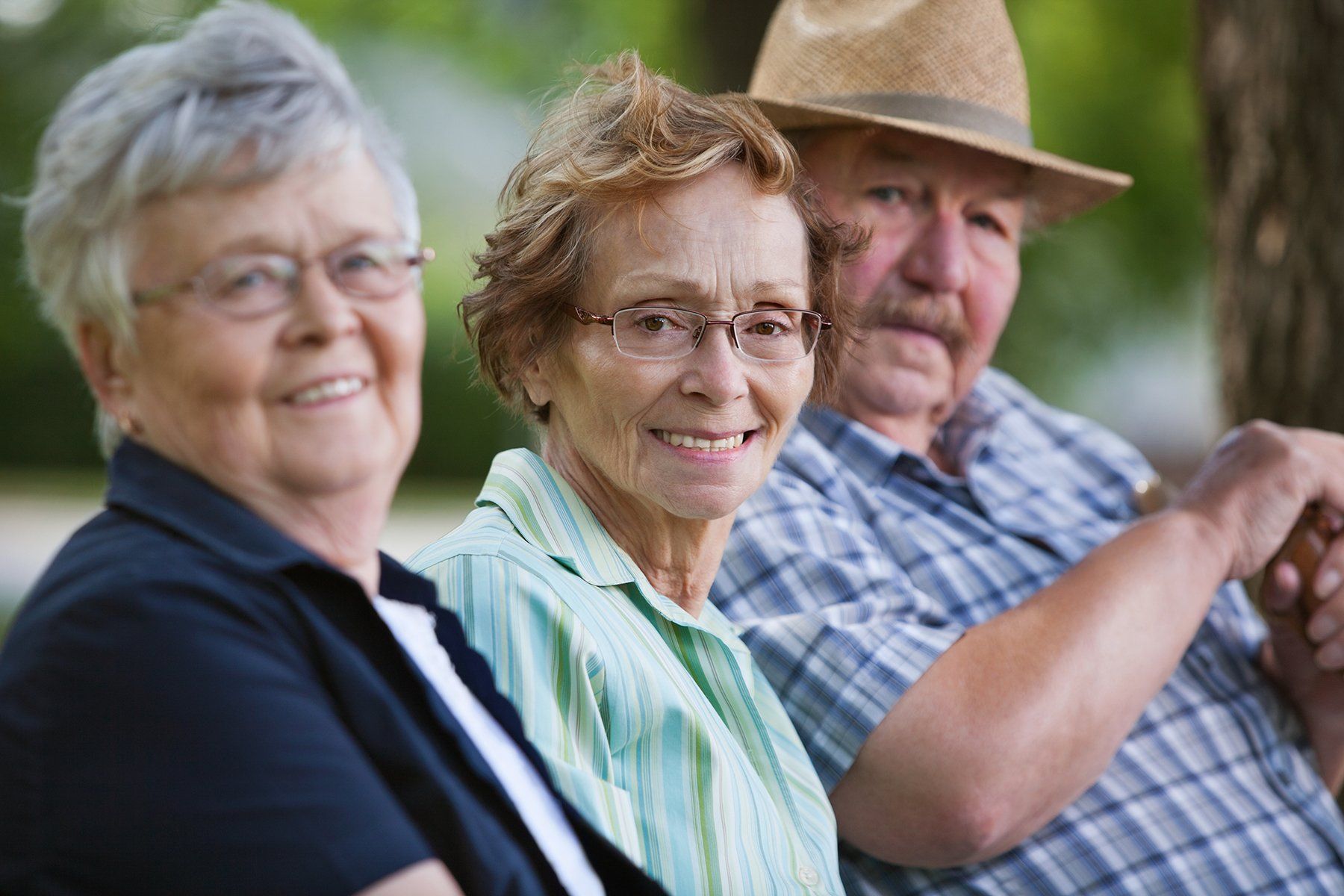
The aging network has been shaped by the pandemic in a variety of ways. From stakeholders and service providers changing the way they provide essential items like food, transportation, and programs to prevent social isolation during such a critical time for older adults and their families, to senior centers operating via hybrid models and lending years of experience in community centered services to state and federal advocacy issues around digital equity and access to keep older adults connected. We must continue to innovate, while creating a deeper understanding of the communities we serve.
As we center our advocacy and programs around our Equity Promise, we intentionally center conversations around financial equity, health equity, and increased social mobility for older adults to ensure that all older adults can age with dignity.
With a grant from the Administration for Community Living (ACL) under the Medicare Improvements for Patients and Providers Act (MIPPA) to help low-income people with Medicare enroll in the Part D Low Income Subsidy (LIS/Extra Help) and Medicare Savings Programs (MSP), the National Council on Aging’s Center for Benefits Access has served as the MIPPA Resource Center, working collaboratively SHIPs, Area Agencies on Aging (AAA), Aging and Disability Resource Centers (ADRC), and community based organizations at the local level to improve access to benefits for all older adults and adults with disabilities contributing to overall economic stability.
The Center for Benefits Access helps organizations enroll older adults and adults with disabilities with limited means into the benefits programs for which they are eligible so that they can remain healthy and improve the quality of their lives.
The Center accomplishes its mission by:
- Providing tools and resources that help local, state, and regional organizations to find, counsel, and assist seniors and younger adults with disabilities to apply for and enroll in the benefits for which they may be eligible.
- Generating and disseminating new knowledge about best practices and cost-effective strategies for benefits outreach and enrollment.
In Spring of 2022, the NCOA Center for Benefits Access conducted a series of training workshops on the importance of our Equity Promise, the utilization of the BenefitsCheckUp®, a free, accessible way to search for hundreds of benefits that older adults may be eligible for, and discussions around messaging best practices and connecting to older adults in culturally responsive and innovative ways. More pilot programs, national advocacy efforts, and innovations continue to include our Equity in Aging Collaborative, Modernizing Senior Center’s Resource Center, and NCOA’s Age Well Planner. Learn more at ncoa.org.
In the next 3-5 years emerging trends will require not only innovation, but shared learning opportunities - providing a seat at the table for a number of voices and ensuring that inclusion is not an “afterthought” or a “nice to have,” but instead, it is the standard to begin to innovate from. Solutions to society’s greatest challenges will require national organizations, philanthropy, government, and corporate stakeholders to see the systemic connections that require communities to be involved in the process of problem solving for what they know best - their own communities.
Must Read Newsletter
Sign up for news and events
Newsletter
Most Popular


